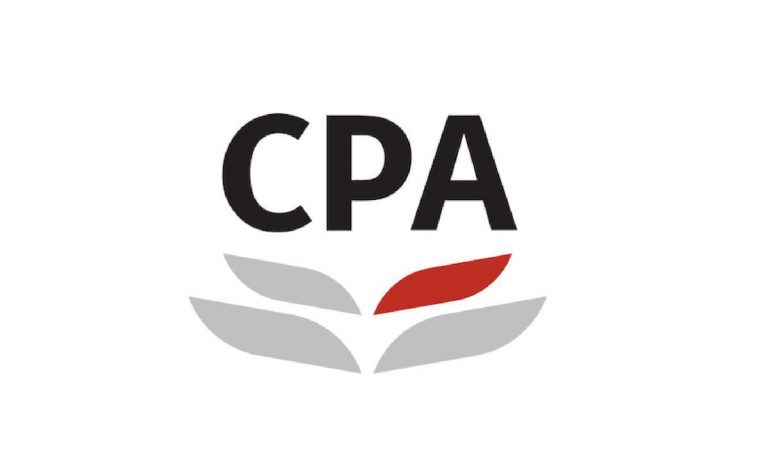As professional accountants grow older, their thoughts inevitably turn to their exit strategy – not only from the firm, but from practicing accounting altogether. As they consider their departure from business life, they may wonder if the firm they have built up will have value in someone else’s eyes.
A successful succession plan allows for the orderly exit of the practitioner. This means it is not left to chance, and there is a plan in place, giving a degree of comfort to those involved, particularly staff.
The challenges of succession planning
The number of issues currently facing the profession has been well documented, including:
- The aging of the profession;
- Trouble attracting and retaining staff;
- Compliance and regulatory pressures;
- Time pressures; and
- Client requirements at a high level, leaving practitioners little time to focus on their succession plan requirements.
In addition, a large percentage of accounting firms are one- to two-partner firms. While this is what the practitioners wanted, many sole practitioners will need to consider taking on partners as part of their succession plan. A majority of them will find this difficult, as they will likely have been on their own for many years. This may seem contrary to the whole philosophy of operating as a sole practitioner.
The sooner the succession plan is underway, the sooner these issues can be dealt with.
Developing your succession plan
One of the best ways to enhance the value practitioners realize on exit is to plan for it in a structured manner.
The first step in succession planning is to get the firm “succession-ready.” The best way to do this is to consider the questions a potential purchaser, or future partner will ask. You should then develop your firm in such a manner in order to give strong, positive answers to these questions. A purchaser will typically assess their purchase against specific criteria including:
- History and maintainability of fee and profit levels, impact of non-recurring fees and value of top five clients as a percentage of the fee base;
- Debtors’ position, level of bad debts and collections history;
- The “work-in-progress” position and likelihood of converting to fees and debt collection;
- Stability of the client base, spread of clients across industry sectors and number of clients acquired over the last three years;
- Dependency on any one client or few clients;
- The quality of existing staff, including their competence, qualifications and experience;
- The internal infrastructure, processes, and quality management systems; and
- Any outstanding issues with government regulators or tax departments.
Whichever succession option the firm chooses, it may need to improve its financial position to be a more attractive investment option for potential purchasers. The key areas above are typically those in which a firm can improve and which will have a positive impact on financial performance. It is important that these improvements have been implemented and are ingrained in the firm before putting the firm up for sale.
Selecting your succession option
The next step is to consider which succession option is most naturally attractive and which will maximize the final settlement amount. Three options to choose from are:
- Expanding by joining with others. This ensures the firm has others who are in a position to buy the partners out. This could include partnerships, consolidation, and merger alternatives;
- Selling off the firm, whether in total, or selling a parcel at a time, or on a progressive sell-down basis; and
- A series of internal options, which include internal succession, the introduction of new partners, and a sale to existing partners.
Each option is quite distinct and brings its own set of considerations, including planning, taxation, funding, and an exit plan.
Firm valuation
The valuation of the firm is an important step in the succession plan. The traditional methods include:
- Capitalization of future maintainable earnings;
- Rule of thumb, or industry method;
- Net book value; and
- Discounted cash flow.
The most commonly used method is the capitalization of future maintainable earnings method, followed by the rule of thumb method. Where partnership agreements are in place, the agreement would normally nominate the valuation formula to be applied and identify certain key components, such as number of years’ earnings to be included and capitalization rate to be used.
It may take a number of years for the strategies to have an impact on the value of the firm, which highlights the need to start the succession process early.
This article has covered many of the areas you should consider when making your succession plan. As it is likely to be one of the most significant occasions in your practice life, it is of great importance that you plan for it very carefully. More information on how practitioners can develop and implement a succession plan can be found in the International Federation of Accountants’ Guide to Practice Management for Small- and Medium-Sized Practices.















